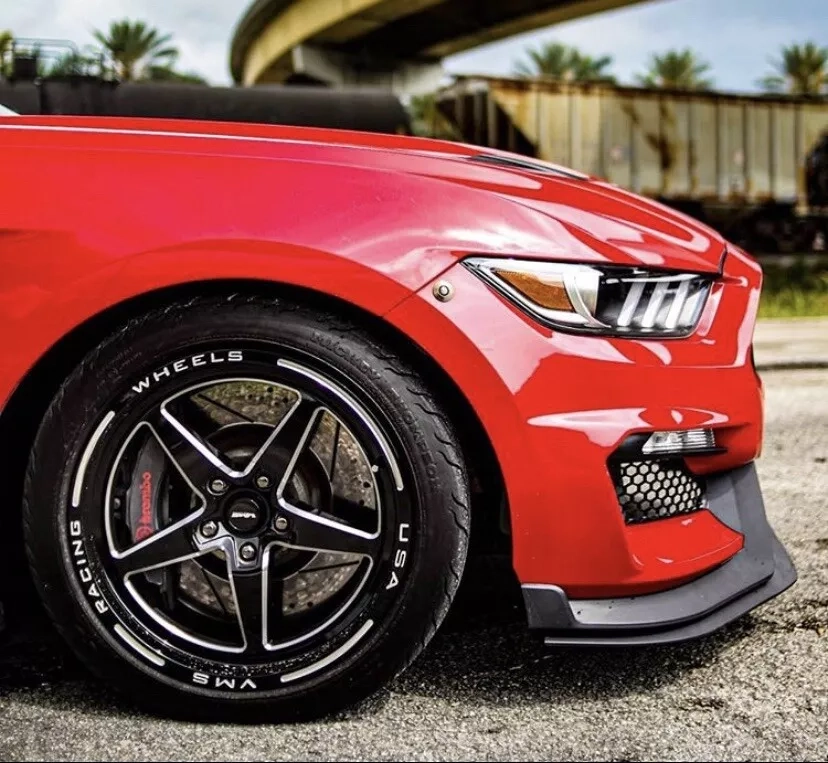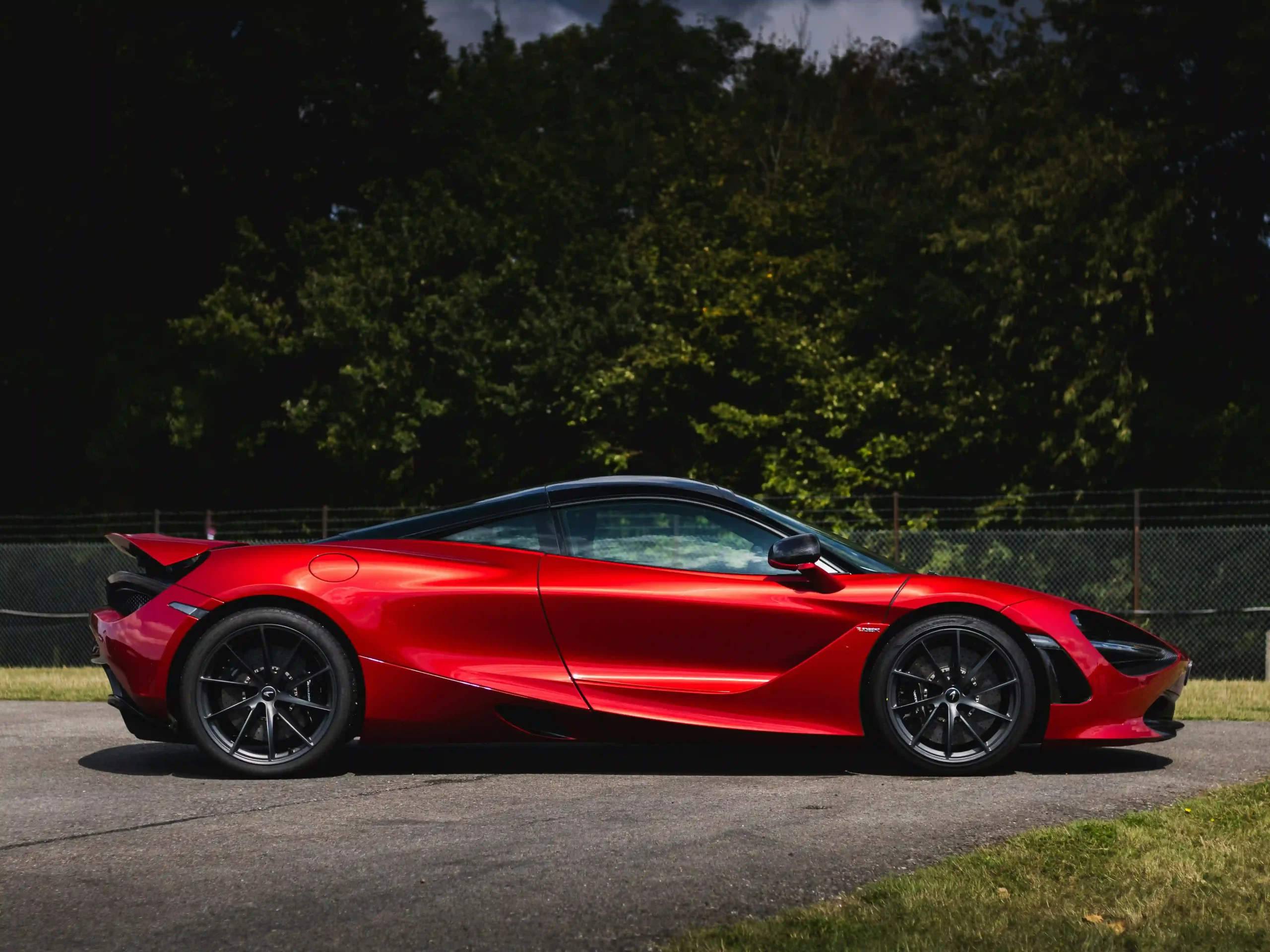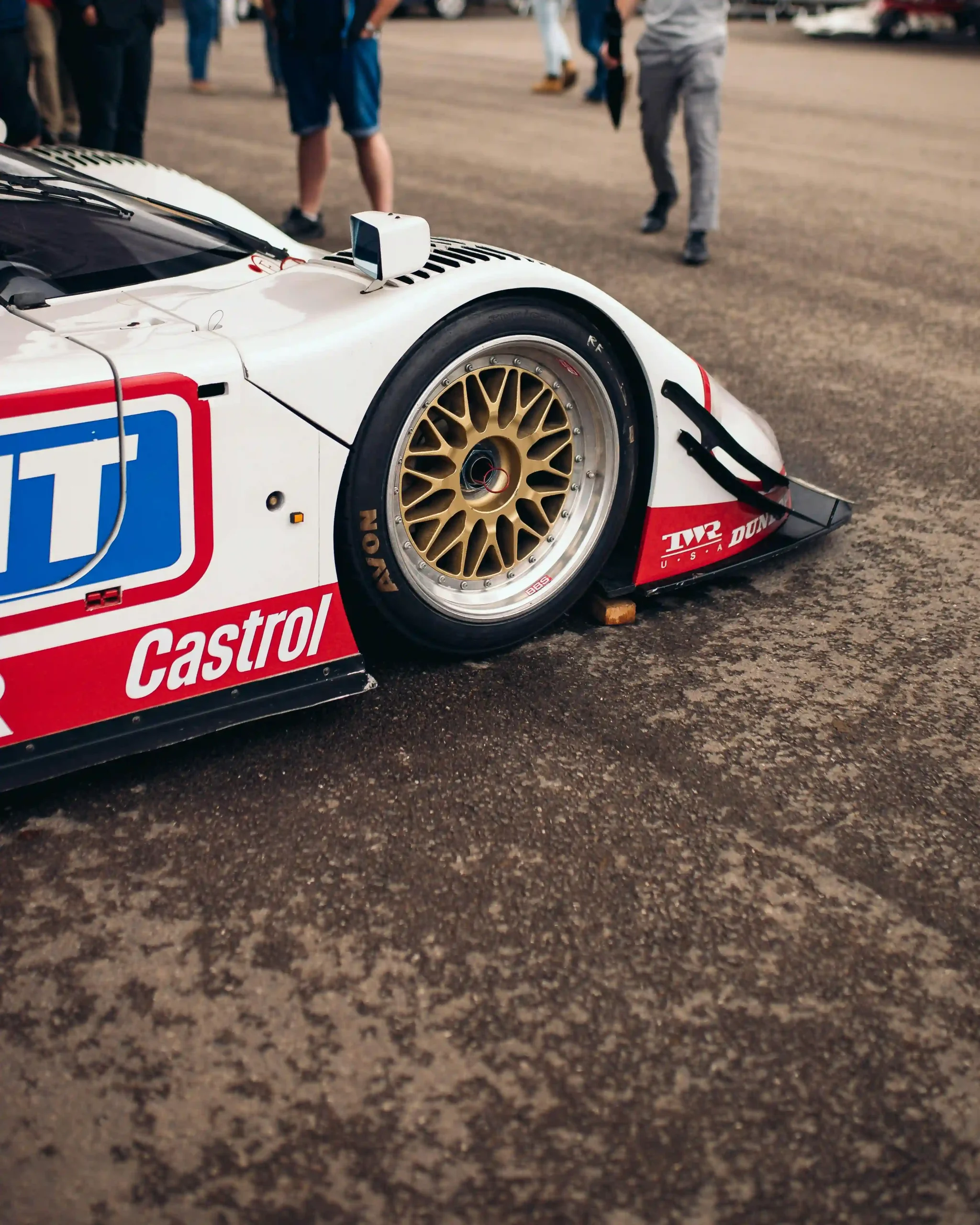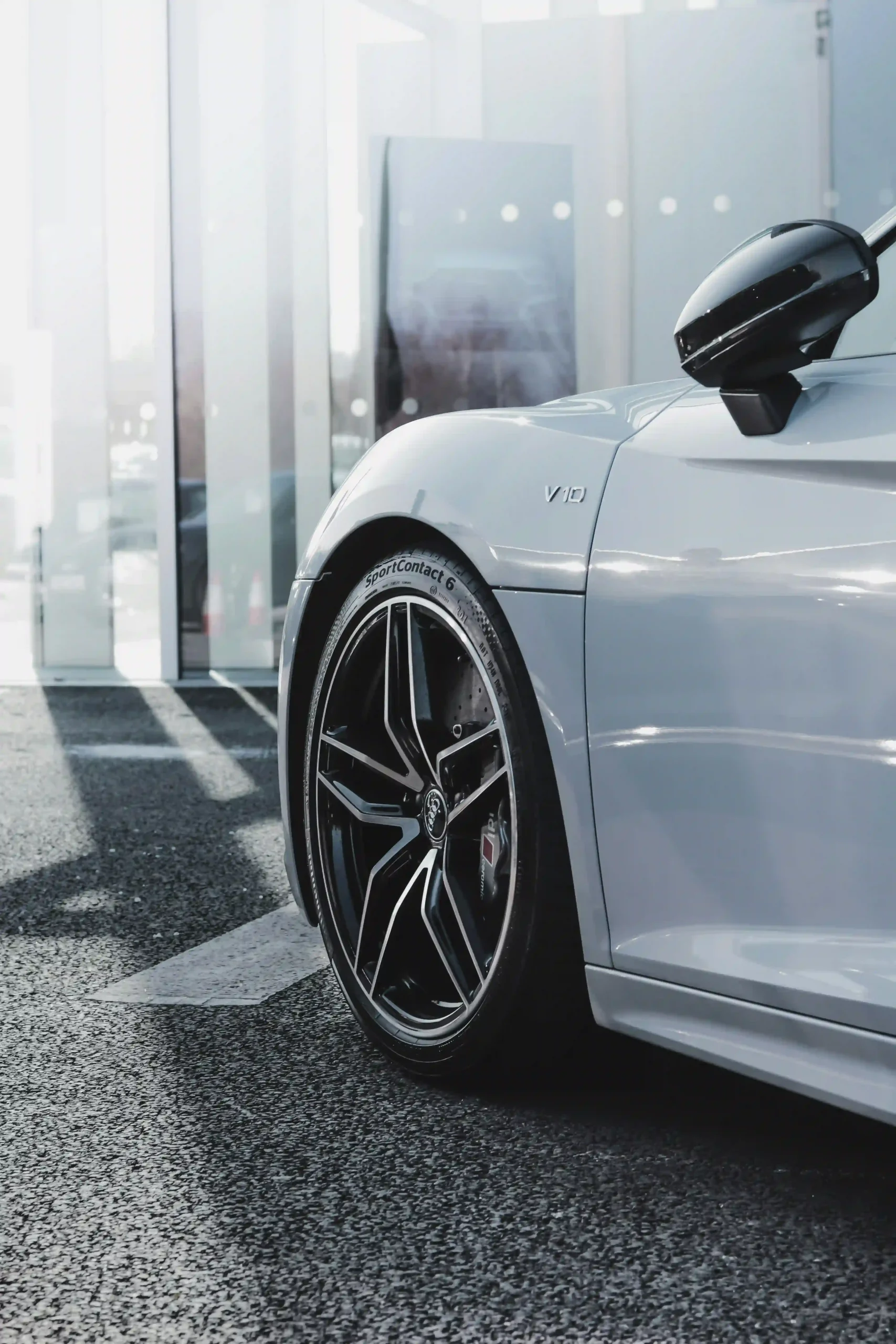The realm of motorsport is advancing swiftly, and race track wheel design is leading this shift. In 2025, two vital trends—aerodynamics and heat dissipation—are reshaping how wheels function under intense conditions. For racing fans, technicians, and vehicle tuners, grasping these developments is essential to remain ahead. This blog delves thoroughly into the newest breakthroughs in race track wheel design. It examines how they elevate efficiency, enhance security, and stretch the limits of velocity.
Why Race Track Wheel Design Matters in 2025
Race track wheels are far more than mere parts—they’re a pivotal element in a car’s total capability. Their structure affects aspects like speedup and turning steadiness. In 2025, the emphasis on aerodynamics and heat dissipation mirrors the field’s drive for productivity and toughness. Whether you’re a seasoned racer or an occasional track enthusiast, these patterns noticeably influence your lap durations and car endurance.
- Aerodynamics: Cutting resistance and refining airflow can trim moments off your results.
- Heat Dissipation: Controlling warmth ensures wheels endure the harsh rigors of rapid racing.
Now, let’s probe these trends closely and discover how they’re molding the future of racing.

Aerodynamics: The Cutting Edge of Race Track Wheel Design
How Aerodynamic Wheels Enhance Performance
Aerodynamics isn’t solely for car frames—wheels significantly contribute to lowering air friction. In 2025, race track wheel design favors smooth, wind-friendly forms. Current styles boast sculpted spokes and sealed edges to lessen disturbance. This allows cars to glide through the breeze more effortlessly.
For instance, a 2024 report by Motorsport Engineering revealed that aerodynamic wheels can decrease drag by as much as 8%. This translates to a 0.2-second boost per lap on a 2-mile course. Such an advantage is transformative in rival racing.
Key Features of Aerodynamic Wheel Designs
Here’s what to seek in aerodynamic race track wheel design:
- Sculpted Spokes: Graceful, arched spokes shrink air gaps and friction compared to older flat layouts.
- Slim Rims: Narrower edges reduce forward opposition, lifting peak swiftness.
- Built-in Covers: Certain styles feature partial shields to smooth airflow across the wheel.
These advances aren’t just ideas—teams in Formula 1 and long-haul racing are already embracing them. For hobbyists, forged alloy wheels with wind-tuned shapes provide a handy improvement.
Challenges in Aerodynamic Design
Aerodynamics heightens pace, but it comes with drawbacks. Intricate spoke arrangements can raise production expenses. Moreover, overly polished designs might weaken strength under strong sideways pressure. In 2025, top race track wheel designs find harmony between airflow ease and sturdiness.

Heat Dissipation: Keeping Race Track Wheels Cool Under Pressure
Why Heat Dissipation Counts in Race Track Wheel Design
Racing produces immense heat—brake warmth can surpass 1,000°F (538°C). This heat shifts to the wheels. Weak heat shedding causes bent rims, lessened tire hold, and even total breakdown. In 2025, race track wheel design centers on substances and frameworks that dispel heat rapidly.
Top Advances in Heat Control
Here are the notable strides in heat dissipation for race track wheels:
- Superior Materials: Forged aluminum blends and carbon mixes shed heat quicker than standard molded wheels. See high-performance forged wheelsfor samples.
- Airy Spokes: Open, grooved spoke patterns work like tiny coolers, directing hot air from the center.
- Heat-Proof Coatings: Ceramic layers bounce back heat, keeping wheel temperatures steady during extended races.
| Feature | Advantage | Sample Use |
| Forged Alloys | Quicker heat shift | Long-distance racing |
| Airy Spokes | Better airflow | Drifting and off-road |
| Heat-Proof Coatings | Lower heat uptake | Swift circuit racing |
Real-World Effects of Heat-Tuned Wheels
Consider a 24-hour stamina race like Le Mans. Wheels with excellent heat shedding sustain steady output lap after lap. A 2025 test wheel from a top maker showed a 15% drop in highest temperature versus 2023 versions. This stretched tire lifespan by 20%. For racers, it means fewer stops and greater dependability.

Striking the Balance: Aerodynamics vs. Heat Dissipation
Crafting a wheel that shines in both aerodynamics and heat dissipation is a tough task. Wind-friendly shapes often cut airflow, trapping warmth. Yet, airy designs can heighten drag. In 2025, experts tackle this with mixed approaches:
- Adjustable Geometry: Wheels with movable vents that tweak airflow based on pace and heat.
- Substance Breakthroughs: Light alloys that manage heat without losing wind-tuned outlines.
For a nearer peek at forward-thinking choices, check custom race wheels that merge these ideas.

Vesteon: Your Reliable Race Track Wheels Supplier
When it’s time to find premium race track wheels, Vesteon shines as a dependable choice. Located in China, Vesteon excels in crafting and producing alloy wheels, including forged and molded types suited for racing. With over ten years of skill, they’ve earned praise for supplying top-notch, performance-focused goods that satisfy motorsport fans globally.
FAQs About Race Track Wheel Design
Q1. What sets race track wheel design apart from street wheel design?
A1. Race track wheel design values performance traits like aerodynamics, heat shedding, and light build. Street wheels prioritize toughness, affordability, and looks for routine driving.
Q2. How does aerodynamics lift race track wheel output?
A2. Aerodynamic race track wheel design cuts air friction, letting the car move swifter with less power. This can raise top pace and fuel thrift, key for rival racing.
Q3. Why is heat dissipation vital in race track wheel design?
A3. Heat dissipation stops overheating, which can twist wheels, weaken tire grip, and risk safety. Solid heat control ensures steady results during long, fierce races.
Q4. Are light materials always superior for race track wheel design?
A4. Not always. Light materials like forged blends boost pace and handling. However, they must also resist high strain and heat. The finest designs weigh lightness against power.
Take Your Racing to New Heights
The 2025 shifts in race track wheel design—aerodynamics and heat dissipation—are reshaping motorsport. Whether you’re hunting quicker lap times or crafting a trusty track machine, these advances offer a sharp edge. Ready to enhance your setup? Browse quality picks designed for the track. See how forward-thinking wheel design can overhaul your results. Begin your path today and rule the race track with flair.

